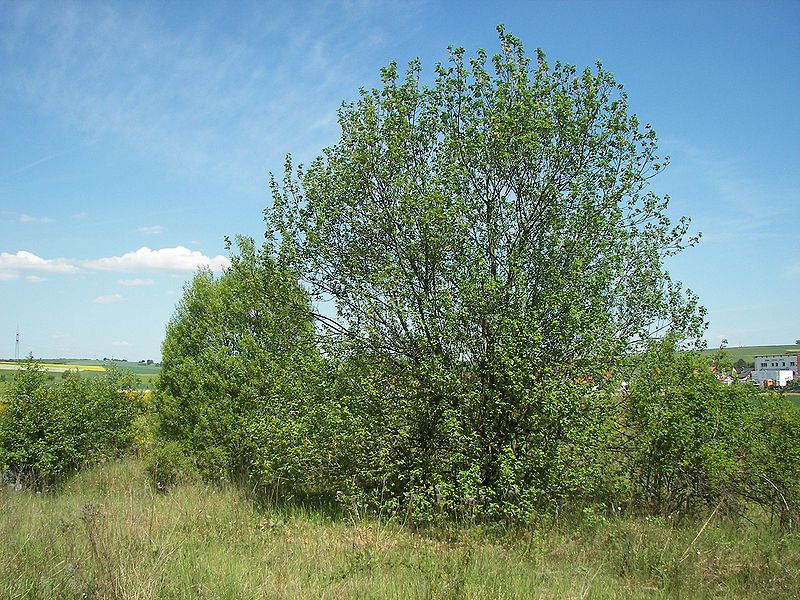-
 Repudiation
Repudiation
-
 Metasomatose
Metasomatose
-
 Geomorphosis
Geomorphosis
-
 Polluter pays principle
Polluter pays principle
-
 ISP
ISP
-
 Perl
Perl
-
 Triple therapy
Triple therapy
-
 Amoeba
Amoeba
-
 Materialisation
Materialisation
-
 True coordinates
True coordinates
-
 Ring of fire
Ring of fire
-
 ECC
ECC
-
 Allopatry
Allopatry
-
 Macrophyte
Macrophyte
-
 Colour
Colour
-
 Haploid
Haploid
-
 Apron
Apron
-
 DECT
DECT
-
 Pyruvate
Pyruvate
-
 Joule
Joule
-
 Vocal cord
Vocal cord
-
 Haemodynamics
Haemodynamics
-
 Proline
Proline
-
 Steppe
Steppe
-
 Loco-regional
Loco-regional
-
 Quantum cryptography
Quantum cryptography
-
 Protocol
Protocol
-
 Buccal
Buccal
-
 Elementary particle physics
Elementary particle physics
-
 Beak
Beak
Pussy willow
The pussy willow is a tree 5 to 10 metres high that produces spectacular blossoms in spring. It forms a branched shrub with quite flexible branches, most often erect and robust.
Names
ThePussy willow (Salix caprea) belongs to the Salicaceae family. Its name comes from a contraction of two Latin words, mas salix, a name that can be translated as "male willow".
Botanical description
With age, the trunk of this species becomes greyish and cracks vertically. Its young greenish branches have alternate deciduous leaves, which are oval-shaped with a pointed end. The leaf's upper, wrinkled face is dark green, while the other face is greyish and downy. The base of the petiole of its leaves often has two relatively large stipules.

Male flowers of Salix caprea. © Aconcagua, Creative Commons Attribution-Share Alike 3.0 Unported license
This is a dioecious plant species, with flowers of each sex found on different individuals. Its flowers bloom on bare branches in March - April. Its male catkins, ovoid and grey-coloured, are decorated with many yellow stamens. Its female catkins, of a greyish green colour, appear in the form of silky and silvery sheaths in which fruit mature.
Origins
This species of willow has grown for a long time in Europe, Asia and North Africa, and can survive at up to 2,000 metres altitude.
Growing conditions
The pussy willow especially thrives in wetlands, thickets or hedgerows. It also thrives in well-drained soil, and can even grow in forests.
Use
The wood of the pussy willow is very tender, with a yellowish white sapwood and a reddish brown core, but is not used very often. Its bark, on the other hand, is rich in tanin and is used to cure leather. However, this tree is most of all used for its capacity to attract bees in the first warm days.
Author: Michel Caron
 Pussy willowSalix caprea, Ort: Lahntal-Goßfelden, Hessen, Germany. © Willow, GNU Free Documentation License, Version 1.2
Pussy willowSalix caprea, Ort: Lahntal-Goßfelden, Hessen, Germany. © Willow, GNU Free Documentation License, Version 1.2
Latest
Fill out my online form.



